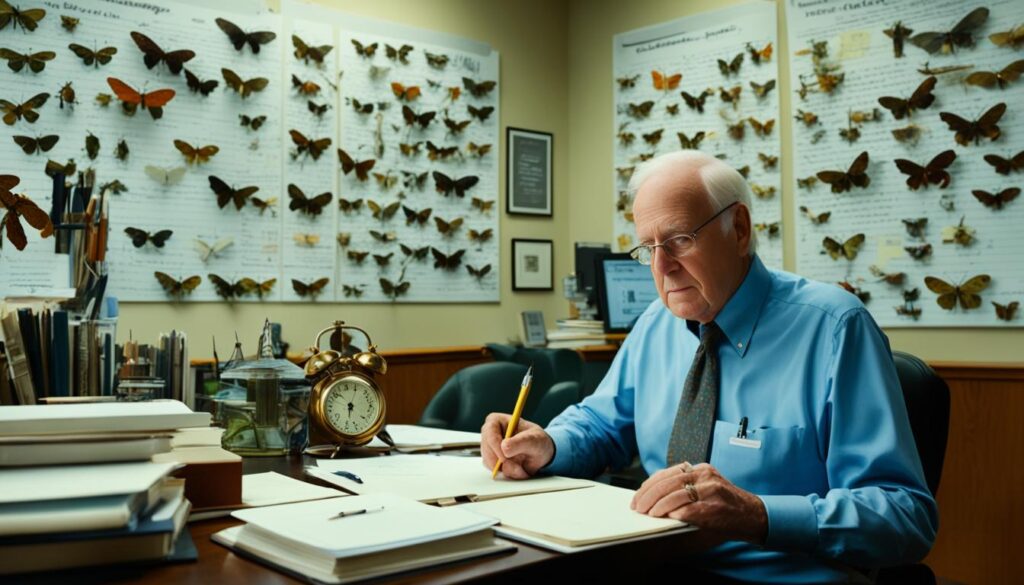In the early 20th century, daylight saving time was still a novel concept. One of the earliest proposals for implementing daylight saving came from British builder William Willett in 1905. Willett’s plan was quite ambitious, suggesting eight time changes each year.
Under Willett’s proposal, clocks would be set ahead by 20 minutes on each of the four Sundays in April. They would then be turned back by the same amount on each of the four Sundays in September. This eight-change system was intended to maximize the benefits of daylight saving time throughout the spring and summer months in Britain.
Willett’s concept gained some traction when British Member of Parliament Robert Pearce introduced a bill to the House of Commons in February 1908 based on the eight-change proposal. However, despite the bill being drafted in 1909 and presented to Parliament multiple times, it faced opposition from various groups, notably farmers. Ultimately, Willett’s vision for British Summer Time with eight annual time changes never became law.
Key Takeaways
- In 1905, British builder William Willett proposed an eight-change daylight saving system
- Clocks would be adjusted by 20 minutes on each of the four Sundays in April and September
- British MP Robert Pearce introduced a bill based on Willett’s proposal in 1908
- The bill faced opposition, particularly from farmers, and was never passed into law
- Willett’s original vision for British Summer Time involved eight time changes per year
The Origins of Daylight Saving Time
Many people believe that Benjamin Franklin was the originator of seasonal time changes, due to a satirical letter he wrote in 1784 suggesting that Parisians could save money on candles by waking up earlier to make use of the natural morning light. However, Franklin did not actually propose changing clocks; he simply advocated for a change in sleep schedules.
The first practical proposal for modern daylight saving time came from George Hudson, a New Zealand entomologist, in 1895. Hudson’s shift-work job at the post office gave him leisure time to collect insects, and he highly valued the after-hours daylight. This led him to present a paper to the Wellington Philosophical Society proposing a two-hour daylight-saving shift.

Although there was interest in Hudson’s idea, it was not implemented until 1928, and even then, it was in a different form than what he had proposed. Despite this, Hudson’s proposal laid the groundwork for the adoption of daylight saving time as we know it today, with many countries around the world now adjusting their clocks twice a year to take advantage of the changing daylight hours.
Eight-Change Daylight Saving Proposal
In 1905, British builder William Willett introduced a novel proposal for implementing daylight saving time. His plan involved moving clocks ahead by 20 minutes on each of the four Sundays in April and then setting them back by the same amount on each of the four Sundays in September. This unique approach would have resulted in eight time changes occurring throughout the year, a significant departure from the current practice of changing clocks twice annually.
Willett’s proposal caught the attention of British Member of Parliament Robert Pearce, who saw merit in the idea. In February 1908, Pearce introduced the first daylight saving bill to the House of Commons, aiming to bring Willett’s concept to fruition. The bill underwent scrutiny by a select committee, which carefully examined its potential benefits and drawbacks.
Despite the support of Pearce and others, the daylight saving bill faced significant opposition from various quarters, particularly from the farming community. Farmers argued that the time changes would disrupt their work schedules and negatively impact their livestock. As a result of this resistance, the bill failed to gain sufficient traction and did not become law, despite several attempts to push it through Parliament.
Undeterred by the setbacks, William Willett remained a passionate advocate for his daylight saving proposal. He continued to lobby for its adoption in the United Kingdom, emphasizing the potential benefits of extended daylight hours during the summer months. Willett’s dedication to the cause persisted until his untimely death in 1915, just a year before his idea would be implemented in a modified form as British Summer Time during World War I.
The Evolution of Daylight Saving Time
The concept of daylight saving time has undergone significant changes since its early proposals. Its first practical implementation took place during World War I in 1916, when the German Empire and Austria-Hungary advanced their clocks by one hour to conserve energy for the war effort. Many other nations quickly followed suit, but most abandoned the practice once the war concluded. In the United States, daylight saving time was initially introduced in 1918 but was repealed after just seven months. However, it was reestablished during World War II as “War Time” from 1942 to 1945, again with the goal of energy conservation.
In 1966, the United States Congress passed the Uniform Time Act, which standardized daylight saving time across the country. The act specified the start and end dates for daylight saving time, although these dates have been adjusted over the years. The most recent change occurred in 2007 when the start date was moved from the first Sunday in April to the second Sunday in March, and the end date was shifted from the last Sunday in October to the first Sunday in November.
Today, daylight saving time is observed in over 70 countries worldwide, affecting more than one billion people annually. However, the start and end dates vary by country, and some nations do not observe daylight saving time at all. Despite its widespread international adoption, the practice remains controversial, with ongoing debates about its effectiveness in conserving energy and its potential impact on public health and safety. Nonetheless, the evolution of daylight saving time demonstrates how a simple idea can have far-reaching effects on society and how it can adapt to changing circumstances over time.

Leave a Reply